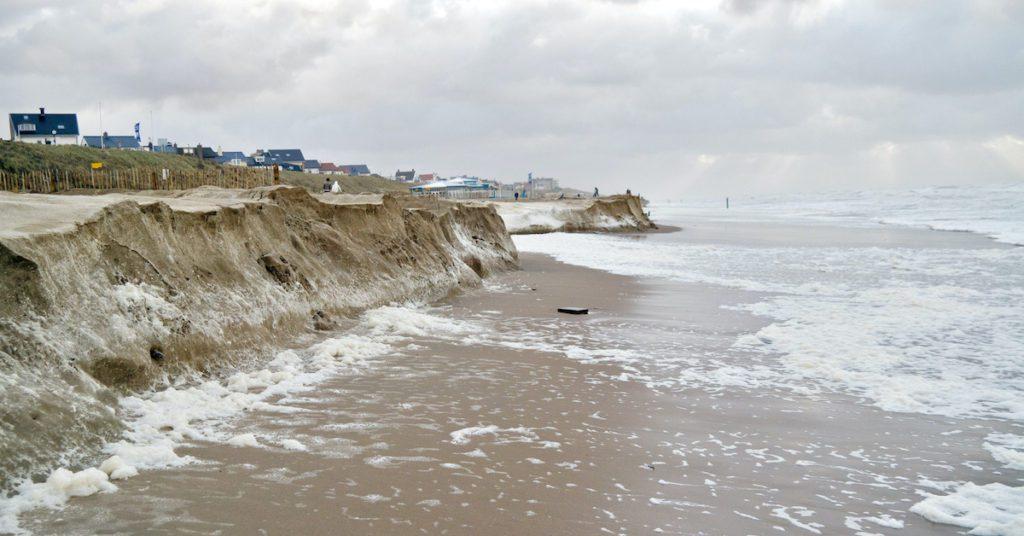As waves of change crash against America’s shorelines, a growing chorus of scientific voices rises in urgent alarm. The nation’s coastal regions stand at a critical juncture,facing environmental challenges that threaten to reshape communities,ecosystems,and the very landscape of maritime life. In this unfolding narrative of environmental tension, researchers are sounding a clarion call that demands immediate attention and collective action, painting a picture of transformation that is as complex as it is compelling. Climate scientists and environmental experts are sounding the alarm about a cascading crisis threatening America’s coastal regions. Unprecedented environmental shifts are creating complex challenges that extend far beyond simple sea level rise.
Multiple research teams have identified critical vulnerabilities in coastal ecosystems and urban infrastructure. Sea level increases, combined with more frequent and intense storm systems, are dramatically reshaping maritime landscapes from Florida to California.
Geomorphological studies reveal accelerating erosion patterns that are fundamentally altering coastal topographies. Traditional protective mechanisms like natural barriers and sedimentary buffers are rapidly deteriorating, leaving communities increasingly exposed to environmental risks.
Marine biologists highlight the compounding effects on oceanic biodiversity. Coral reef systems are experiencing massive die-offs, while marine migration patterns are becoming increasingly unpredictable. These disruptions create potential long-term ecological cascades with profound implications for global marine ecosystems.
Urban planners are grappling with complex adaptation strategies. Massive infrastructure investments will be required to protect coastal metropolitan areas. Cities like Miami, New Orleans, and Charleston are experiencing disproportionate vulnerability, with some projections suggesting considerable portions could become uninhabitable within decades.
Economic ramifications are equally concerning. Property values in high-risk coastal zones are experiencing significant depreciation. Insurance markets are recalibrating risk assessments, possibly leaving numerous communities financially exposed.
Hydrological modeling indicates accelerating groundwater contamination risks. Saltwater intrusion into freshwater aquifers threatens agricultural systems and municipal water supplies, creating potential humanitarian challenges.
Climate scientists emphasize that current mitigation strategies are inadequate. Extensive, coordinated national responses are necessary to address the multifaceted challenges emerging along America’s coastlines.Technological innovations offer potential adaptive solutions. Advanced coastal engineering techniques, including artificial reef constructions and sophisticated drainage systems, represent promising intervention strategies.
Indigenous coastal communities are experiencing particularly acute environmental pressures. Traditional ecological knowledge is becoming increasingly valuable in developing resilient adaptation frameworks.
Research institutions are calling for immediate, substantive policy interventions. Collaborative approaches involving scientific, governmental, and community stakeholders will be critical in developing effective response mechanisms.
The unfolding coastal emergency represents a complex, multidimensional challenge requiring unprecedented levels of interdisciplinary cooperation and innovative problem-solving strategies.



